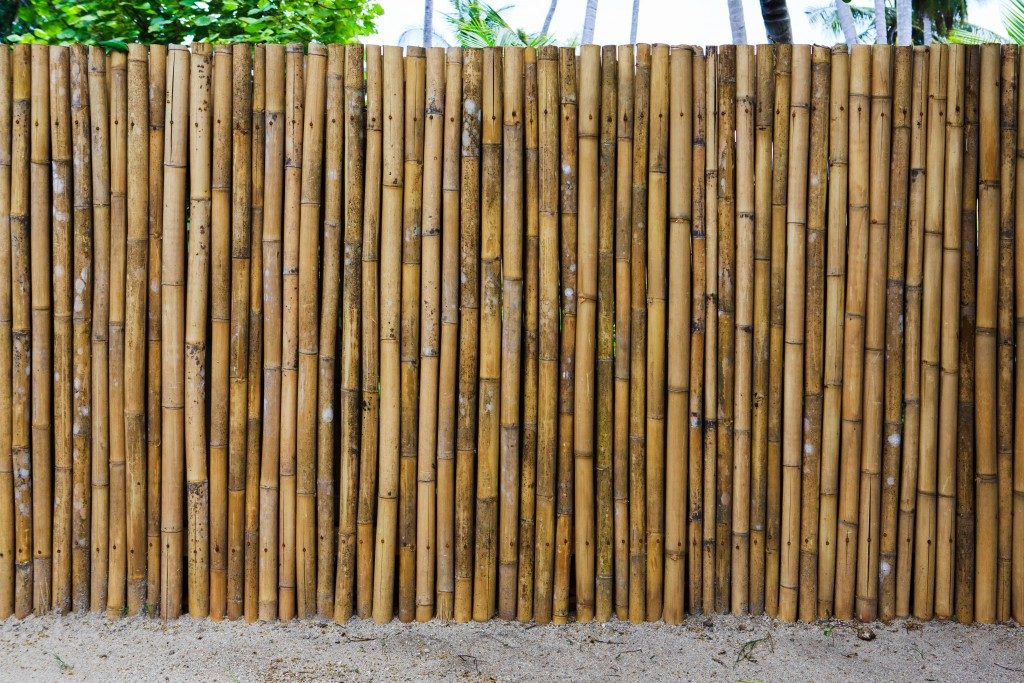Going green is becoming more and more critical, especially as fears of worsening climate change grips the world. New green materials are always sought after, but an older and traditional Asian building material might be the answer. The material is none other than bamboo, a type of grass with vast potential in construction and architectural design.
Easily Sustainable
Bamboo is fast-growing grass that requires very little water and fertilizer. Common pests can’t penetrate its sturdy shafts, eliminating the need for pesticides. As a grass, bamboo will continue to grow as long as its roots are undamaged. Even if you cut close to the base, bamboo will regenerate a new shoot. Bamboos grow extremely fast, taking three to five years to grow large enough to be harvested. Bamboo requires very little space and can be bunched together for more efficiency. Bamboo produces more oxygen compared to trees. An acre of bamboo produces almost 30 percent more oxygen than an acre of trees.
Many Uses in Construction
Bamboo has long been a traditional building material in almost every part of Asia. More recently, the use of bamboo in decorative pieces (exterior and interior panels in construction, flooring, and fencing) is spreading to countries outside of Asia like the USA, Australia, New Zealand, and parts of Europe. UNESCO endorses the use of bamboo in construction, stating that 70 hectares of bamboo can provide enough material to create 1,000 homes. That same amount in timber could be devastating if it were harvested from forests. Bamboo houses are nothing to scoff at, proving their resilience to the elements time and time again. In fact, more than 1 billion people currently reside in bamboo homes. In China, bamboo has been used to build bridges capable of supporting the weight of 16-ton trucks continually passing through. India is even incorporating bamboo in its roads. Even in the construction of more modern buildings, bamboo is often used as scaffolding.
The Benefits of Bamboo

Aside from being sustainable, bamboo has a lot of other properties that make it suitable for construction. Bamboo is quite stable and has much tensile strength. Pound-for-pound bamboo has a higher tensile strength than steel, although steel is a lot more compact. Bamboo is fire resistant, often able to withstand fires of up to 4,000 °F. Asian proverbs say that the bamboo that bends is stronger than the oak that breaks, and this flexibility and elasticity allows bamboo structures to withstand the stress of earthquakes and harsh winds. Bamboo is lightweight, making it easy to transport and use in construction. Regarding safety, bamboo has no harmful chemicals or substances that could be harmful to humans or animals, although you might get an occasional splinter during construction. Bamboo has many uses; you can build most parts of a modern house purely with bamboo.
In the end, building green becomes a little more literal when using bamboo. This wonder-grass is perfect for light-frame buildings, fencing, or as a more sustainable — and less expensive — replacement for timber.

